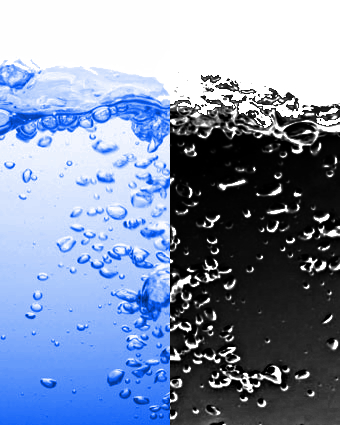Experts say new spills will go better than BP's

Oil spill clean-up groups say they will be much better placed to respond to the next big event, having learned a lot since BP’s Deepwater Horizon debacle.
Speaking at a business luncheon in New Orleans, Marine Well Containment Co. CEO Don Armijo said there had been big leaps in oil spill technology in the five years since the BP spill.
The group says nowadays it would employ a new containment system made up of deep-sea capping stacks that fit over an out-of-control well.
The caps funnel leaking oil and gas through “umbilicals” to oil tankers waiting at the sea surface.
They can also employ deep-sea dispersant devices and other containment equipment.
Armijo said new subsea units can be used to contain close to 16 million litres of liquid a day.
It took BP a staggering 87 days to contain the oily blowout using the technology available at the time.
In that time, about 651 million litres of oil was released into the Gulf of Mexico.
The Marine Well Containment consortium was formed after the Deepwater Horizon explosion, to develop better ways to deal with the next big spill.
BP is still fighting against having to pay billions of dollars in fines after its sluggish response to the Deepwater event.
BP’s lawyers recently said in court that the US arm of the company would have no cash left if it had to pay even a quarter of the $13.7 billion fine.
The massive fee was laid after a federal judge found the company to have breached the Clean Water Act.
But prosecutors say BP could find the funds by borrowing from internal and external lenders, or selling some of its assets.
“The United States incorrectly suggests that BPXP’s past borrowing from affiliates allows one to assume future funding to pay,” a BP spokesperson told reporters.
The fossil fuel giant says selling assets to pay the fine would damage the company as well.








 Print
Print